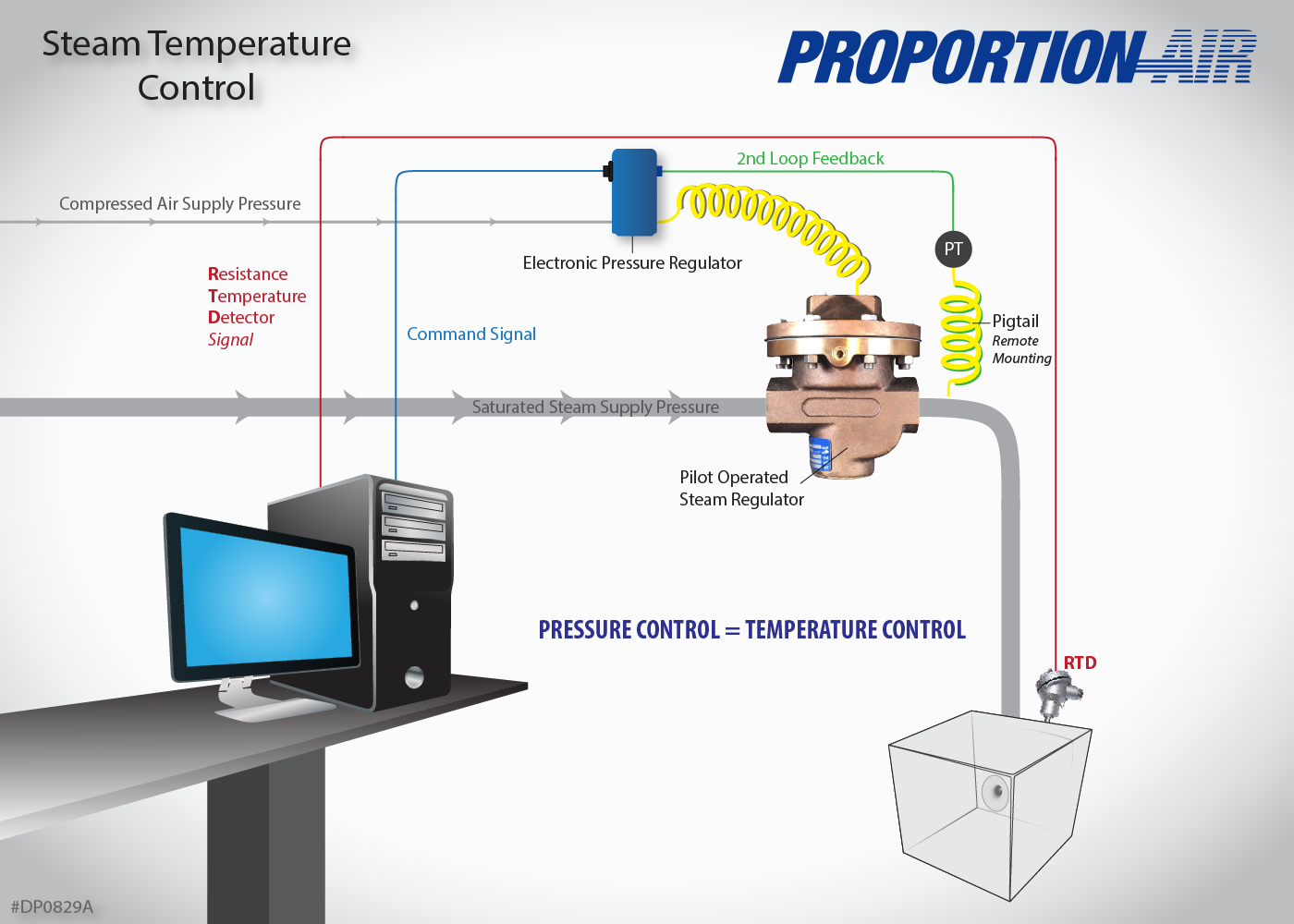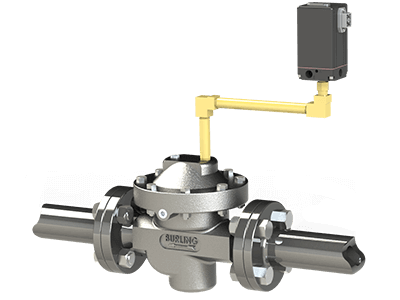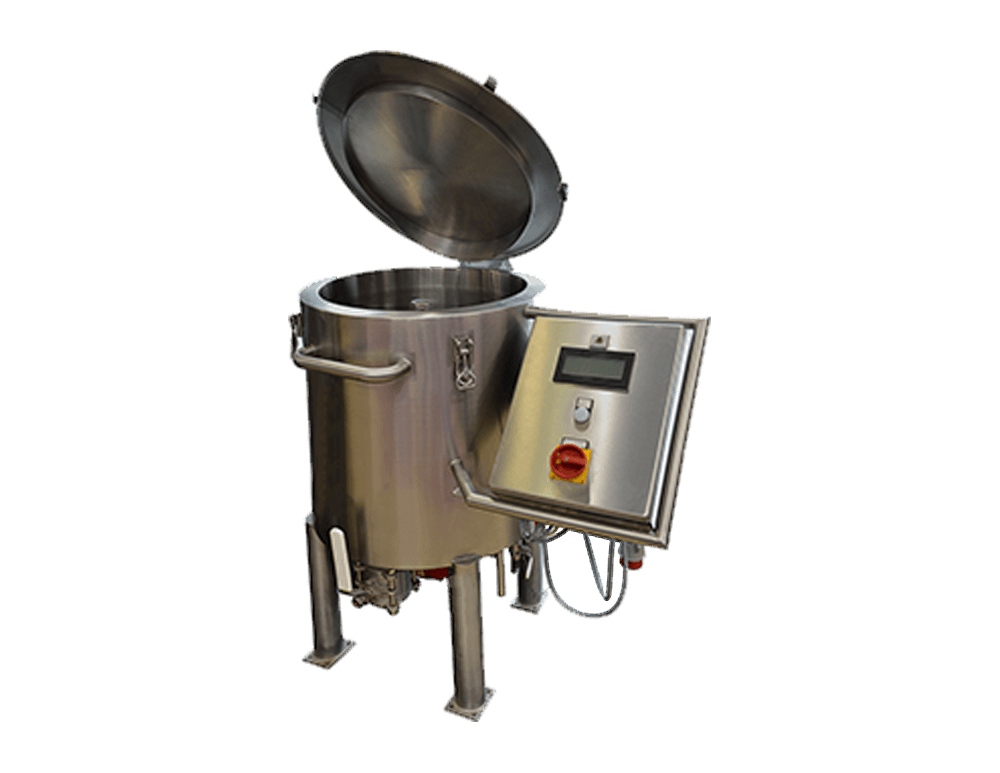
Proportion-Air Case Study
Steam Control Issues | Losing Steam – Figuratively and Literally
Cooking on a mass scale requires no small amount of precise engineering. A corn tortilla manufacturer was having steam control issues controlling temperature with the saturated steam used to heat the cooking kettles for the corn. The manufacturer came to Proportion-Air seeking a solution.
A visit to the plant revealed the company was using a particular I to P transducer, steam valve, RTD (resistance temperature sensor), and PID (proportional-integral-derivative) loop to control the temperature. The issue arose out of a regular failure of the I to P transducer.
The I to P was replaced with a Proportion Air QB1X, which is better able to withstand standard industrial air (I to Ps require instrument air, which is defined as air filtered to less than 5 microns, and is moisture and lube free).
Benefits of Using the QB and Steam Regulator
There are many benefits to using a Proportion-Air steam regulator system – specifically a Proportion-Air 0 to 60 psig QB2/steam regulator assembly – especially when compared to the operation of traditional steam valves. This assembly was installed and subsequently performed extremely well.
Since the manufacturer did not require the ultra-high accuracy of the QB2, a QB1 was substituted. And regardless of whether the QB1 or QB2 was used, the control loop did not have to work as hard because the regulator could compensate for changes on its own without the assistance of sophisticated electronic controls.
Steam Cooking
QB
- Can use standard industrial air filtered 20 to 40 microns.
- Air can be saturated or dry with or without lube mist.
I to P
- They typically require a dry instrument air filtered to less than 5 microns.
Steam Regulator
- Diaphragm has a direct connection to downstream saturated steam pressure so it can automatically compensate for changes in pressure downstream due to changes in flow.
- Temperature is more accurate.
Steam Valve
- Has no direct connection to pressure downstream and cannot connect for downstream changes without a PID loop closing the loop around pressure (or temperature).
- Temperature control is less accurate due to the latency of the PID controller to react to system variations.
Learn More about Steam Control
Only looking for a replacement product? Please use this form


